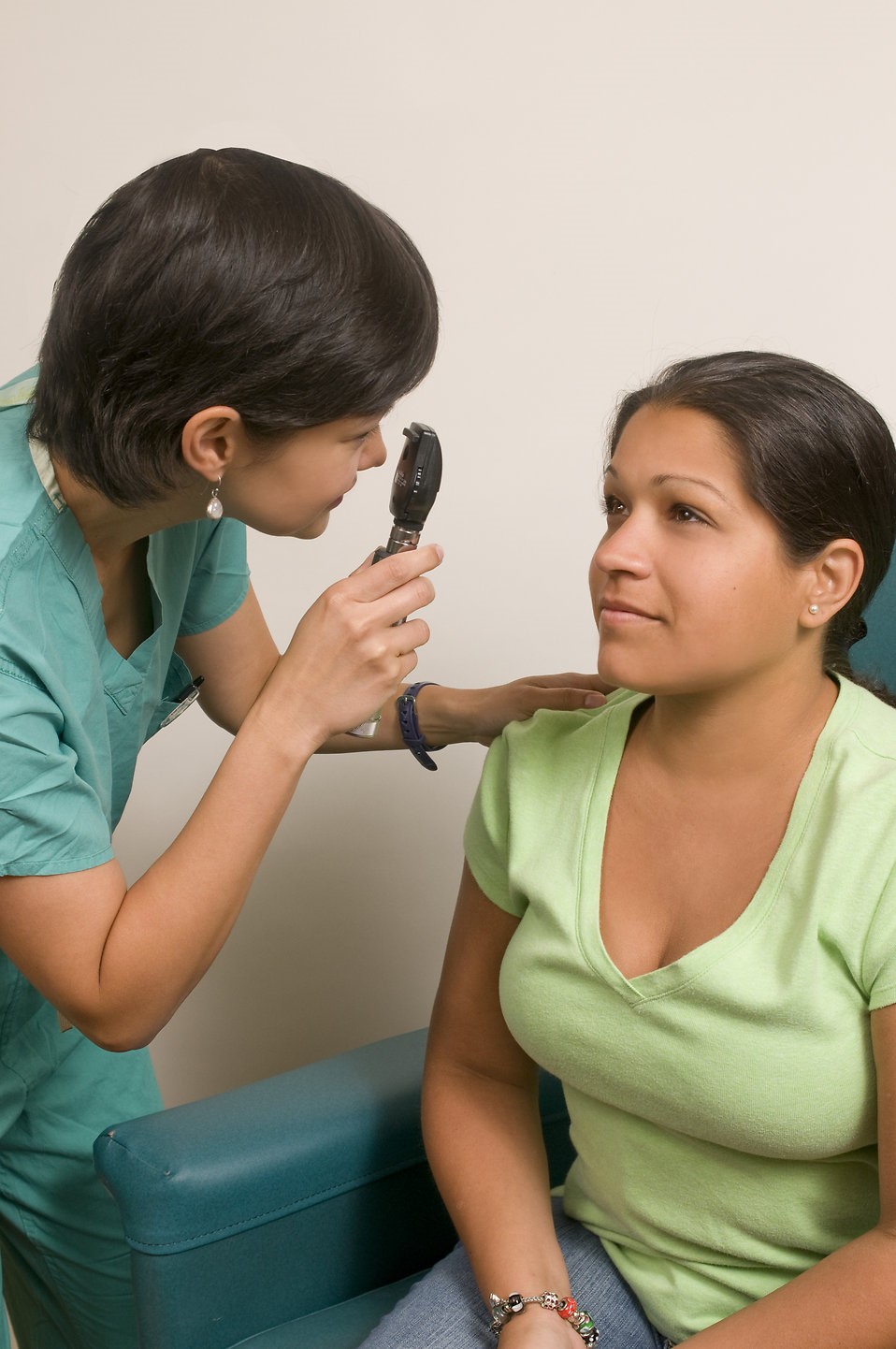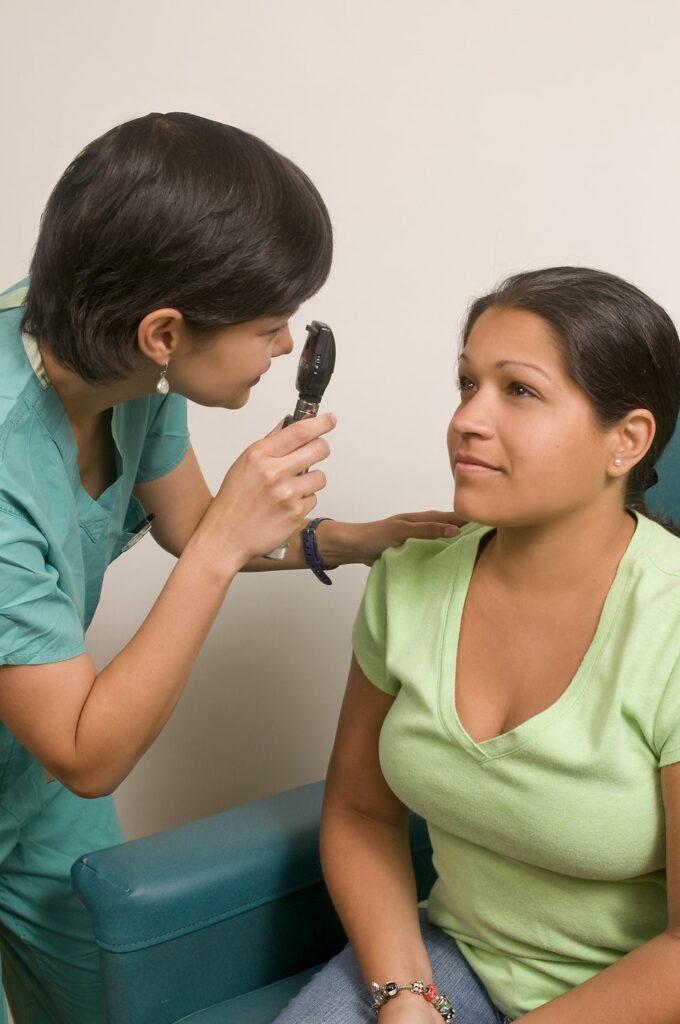Recently Diagnosed with Keratoconus? We’ve Got You Covered!

Despite the fact that an estimated 253 million people in the world live with vision impairment[1], learning that you or a loved one has vision issues can feel isolating and overwhelming.
With keratoconus, a progressive eye disease, the earliest signs of vision impairment are typically blurred vision, frequent changes in eyeglass prescription, or vision that cannot be corrected with glasses.[2] As these symptoms can be associated with a variety of vision problems, people struggling with keratoconus often believe they just have poor vision, not realizing that there is something more serious affecting their eyes. This, combined with the rarity of the disease, can make keratoconus difficult to diagnose.
Many people experience vision issues for years without a proper diagnosis. Young teenagers or people with special needs may even have a hard time expressing changes in vision to a physician, who might push back against reported symptoms if there is no medical evidence of a problem.

In this edition of our KC Experts blog, Dr. Jack Parker of Parker Cornea, Dr. Joseph D. Iuorno of Commonwealth Eye Care Associates, Dr. Rajesh Khanna of Khanna Institute, Dr. George Waring of Waring Vision Institute, and Dr. Audrey Rostov of Northwest Eye Surgeons discuss what you need to know about keratoconus. They share their expertise on how keratoconus can affect a person’s vision, the importance of early diagnosis, and more.
How does keratoconus affect a person’s vision? What is a typical timeline for keratoconus progression?

Dr. Parker: Keratoconus, like any other medical diagnosis, does not need to be disclosed to an employer as part of the Americans with Disabilities Act. However, should keratoconus affect your ability to perform your job, disclosing your medical condition may allow your employer to make accommodations to help improve your ability to do your job. Using a large font setting on your computer is one such example that can help patients with visual impairment.
Keratoconus is a disease of both eyes, but commonly, one eye is more affected than the other. In some people, the disease is very mild, and the cornea changes its shape only very slowly. In others, the disease progresses extremely rapidly.
The reason keratoconus causes a patient to lose their vision is because the eye loses its ability to focus light effectively. The cornea (the part of the eye affected by keratoconus) is the clear window on the front part of the eye — it’s what all light must pass through before being projected onto the retina. If that window becomes warped, or irregular, or cloudy, then it’s like looking through a funhouse mirror – everything is distorted and out of place and unreal.
Why is an early keratoconus diagnosis important for a patient’s short and long-term health? Is it difficult to obtain an accurate diagnosis?

Dr. Iuorno: Keratoconus is a progressive disorder that can start in adolescence and progress up into your 50’s. The earlier the recognition of this condition, the sooner it can be treated. Typically, keratoconus is spotted due to an increase in astigmatism. This may prompt your eye doctor to perform a corneal topography scan. This is a non-contact and easy test to discover and diagnose keratoconus. Once recognized, cross-linking can be used to halt the progression of the disease.
What causes keratoconus? Are there any factors that can make the condition worse over time?

Dr. Khanna: Keratoconus has multiple causes for occurring, most commonly genetic origin. The second most common cause is environmental circumstances, such as eye rubbing. When both of these factors are combined, the incidence of keratoconus increases considerably. In addition to eye rubbing, a type of contact lenses designed for keratoconus patients called reverse geometry contact lenses can also simulate the same rubbing effect and ultimately increase the progression of the disease.
How can keratoconus affect a person’s lifestyle? Are there any tips you would provide to people who are living with keratoconus?

Dr. Waring: Keratoconus can have a profound impact on a person’s lifestyle and livelihood. This can range from difficulty driving at night to an inability to function at work and/or perform daily activities. The first tip is prevention by avoiding eye rubbing. It is critically important to see an eye care professional who can halt the progression of keratoconus and rehabilitate the vision with optical aids, which often times allow the patient to resume a normal lifestyle.
Are there any special recommendations or tips you would give to the family of a person who is living with keratoconus? Are there any particular ways that a family member can assist someone struggling with vision challenges or other difficulties associated with keratoconus?

Dr. Rostov: Living with keratoconus can be very challenging. It is important to maximize your treatment options- such as cross-linking for the treatment of keratoconus progression. Once keratoconus is stabilized, intrastromal corneal ring segments may be used to decrease astigmatism. It is also important to establish (always in conjunction with cross-linking) and establishing care with an eye care provider that specializes in keratoconus contact lens fitting. For keratoconus that has progressed, corneal transplantation is very successful in helping to restore and improve vision. Helping a family member navigate these treatment options including helping with transportation to appointments, encouraging them to adhere to treatment regimens and helping to maintain a positive outlook in a positive way can be very helpful and often mission-critical to successful outcomes.
Follow our social channels, Facebook, Twitter and Instagram for weekly updates.
Resources
[1] http://www.nkcf.org/living-keratoconus/
[2] http://www.who.int/news-room/fact-sheets/detail/blindness-and-visual-impairment